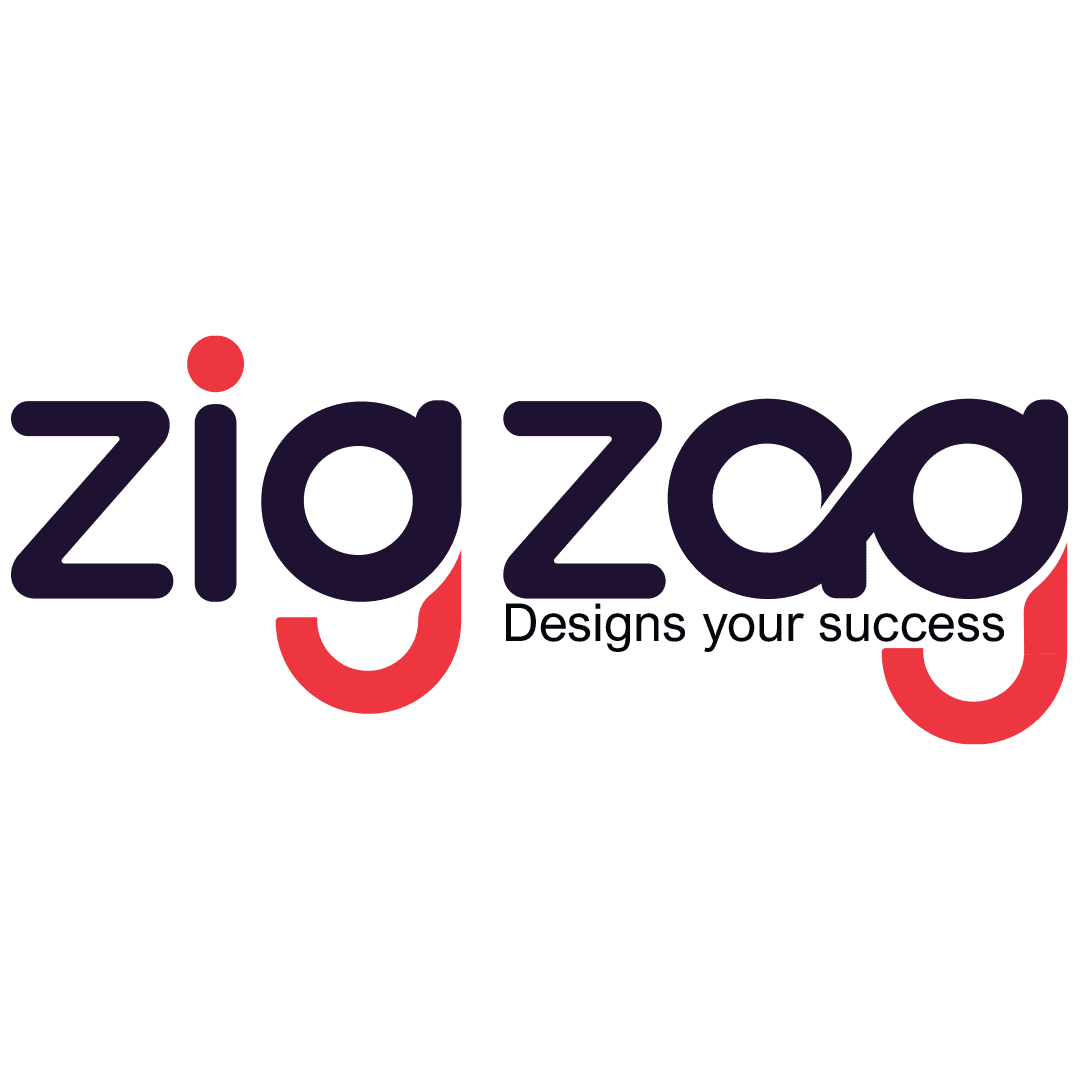
The Role of Design in Business Growth
In today’s competitive market, businesses are constantly looking for ways to stand out and build strong, lasting relationships with their customers. One of the most effective yet often underestimated tools in achieving this is design. It’s easy to think of design merely as a visual element—a logo, a product package, or a website layout. However, when executed thoughtfully, design can serve as the backbone of a business’s identity, drive consumer trust, and directly contribute to growth.
The Foundation of Business Identity
A well-crafted design is much more than a logo or a color palette. It’s the foundation of your business identity and can set the tone for how customers perceive your company. A strong, cohesive design tells the world who you are, what you stand for, and what customers can expect from your brand. Think of some of the most recognizable brands around the world, like Apple, Nike, or Coca-Cola. Their logos, color schemes, and overall design are instantly identifiable and invoke feelings of trust and loyalty. This connection doesn’t happen by accident.
Design shapes the first impression that a customer has of your business. Whether it's the visual appeal of your website, the packaging of your product, or the branding on your store, the way your business looks and feels plays a direct role in whether a customer will engage with it. A clean, modern, and professional design suggests that your business is trustworthy, innovative, and capable of delivering on its promises. In contrast, poor design can create confusion, make your business appear outdated, or worse, make it seem unprofessional.
The Impact on User Experience
Another crucial way design contributes to business growth is through user experience (UX). UX encompasses all the interactions a customer has with your business, from navigating your website to using your product. If your design doesn’t take into account your audience’s needs and desires, it can quickly lead to frustration, causing potential customers to turn elsewhere.
Consider the online shopping experience. If your website is difficult to navigate, if the product pages are cluttered, or if the checkout process is confusing, it’s unlikely that customers will complete their purchases. On the other hand, a well-designed website that’s intuitive, easy to navigate, and aesthetically pleasing can guide customers seamlessly through their journey. This leads to better customer retention, higher conversion rates, and ultimately, more sales.
In fact, research shows that nearly 88% of online consumers are less likely to return to a website after a bad user experience. Businesses that prioritize design and UX not only provide an easier, more enjoyable experience for their customers but also benefit from increased customer loyalty and trust.
Building Emotional Connections Through Design
Effective design doesn’t just address functional needs; it also taps into emotional connections. Design elements like color, typography, and imagery can trigger specific emotions that resonate with customers. For instance, the color blue is often associated with trust and professionalism, which is why many financial institutions use it in their branding. On the other hand, vibrant colors like red and yellow can evoke excitement and energy, which is why many fast food chains use them.
By aligning design choices with the emotional expectations of their target audience, businesses can create more meaningful connections with their customers. These emotional connections are powerful drivers of brand loyalty. When customers feel a sense of alignment with a brand’s values or aesthetic, they’re more likely to return, recommend the brand to others, and even advocate for it online.
Design as a Competitive Advantage
In a crowded market, standing out from the competition can be a significant challenge. Design provides an edge that can set you apart. A well-designed product or marketing campaign can draw attention and generate buzz. In fact, businesses that invest in design are often seen as more innovative and forward-thinking compared to their competitors.
Apple, for example, didn’t just create products; they created experiences. The design of their devices, from the sleek hardware to the user-friendly interfaces, became integral to their success. People didn’t just buy Apple products for functionality; they bought into the brand and its design philosophy. This design-driven approach helped Apple maintain a premium position in the market and attract a loyal customer base.
Furthermore, businesses that prioritize design are also more likely to see higher profit margins. A study by the Design Management Institute found that companies that invested in design outperformed the S&P Index by 228%. This shows that design is not just a cost but an investment that can lead to tangible financial returns. When executed correctly, design becomes a powerful tool that drives both short-term growth and long-term sustainability.
How to Harness the Power of Design in Your Business
So, how can businesses harness the power of design to drive growth? The first step is to recognize that design is not just about aesthetics; it’s about creating value for your customers at every touchpoint. From your website to your products, to your customer service, every interaction should reflect the same high-quality design principles.
Focus on Consistency: Ensure that your design is consistent across all platforms, whether it’s your website, social media, or physical store. Consistency in design builds brand recognition and trust.
Prioritize User-Centric Design: Put yourself in the shoes of your customers. What do they need from your product or service? How can your design simplify their experience? Always aim for intuitive design that addresses real customer needs.
Invest in Professional Design Services: While DIY design tools can be tempting, investing in professional designers ensures that your brand image is polished and aligns with your business goals. Professionals bring not only technical skill but also strategic insights into your design process.
Embrace Innovation: Design isn’t static. It’s important to evolve with trends and technologies. Regularly update your design to stay relevant in a fast-paced market.
Measure and Iterate: Use customer feedback and analytics to assess the effectiveness of your design. Are users engaging with your website? Are they interacting with your brand? Continuously improving your design based on this data can yield impressive results.
*Design plays an essential role in shaping a business’s identity, enhancing customer experience, and driving growth. By investing in strategic, user-centered design, businesses can differentiate themselves from the competition, build stronger emotional connections with their audience, and ultimately, achieve sustainable success. In today’s world, design isn’t just a visual asset; it’s a core business strategy. Businesses that recognize this and leverage design effectively will be well-equipped to thrive in an ever-evolving marketplace.
Latest Articles
Services
Latest Articles
- ChatGPT and DeepSeek: Transforming the Future of AI Tools
- The Role of Design in Digital Marketing: Why Aesthetics Matter for Brand Success
- The Role of Digital Marketing in Transforming Tourism
- Transform Your Feed with Precision: The Ultimate Instagram Post Size GuideInstagram is stepping up its game with an updated post size guide for a picture-perfect feed. If you're looking to elevate your creativity and marketing strategy on this platform, now's the time to take a closer look at how the right post dimensions can work wonders for your brand. By optimizing your content, you'll capture your audience’s attention, increase engagement, and showcase your brand in the best light possible. Ready to take your Instagram feed to the next level?In today’s digital world, visuals speak louder than words. That’s why getting your Instagram posts just right is crucial, especially when it comes to sizing. Whether you’re posting a photo, a video, or a carousel, choosing the ideal size can help your content appear crisp, clear, and captivating. This doesn’t just enhance the aesthetic appeal of your feed; it also plays a big role in your overall marketing efforts.











